Review of the Day: When Green Becomes Tomatoes by Julie Fogliano
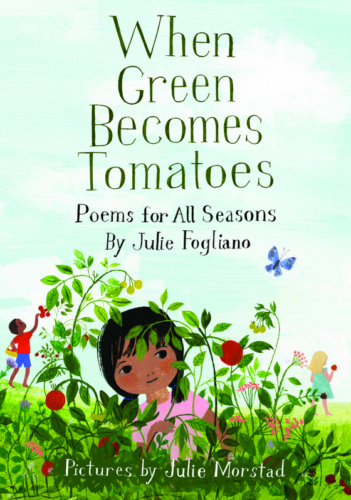 When Green Becomes Tomatoes: Poems for All Seasons
When Green Becomes Tomatoes: Poems for All Seasons
By Julie Fogliano
Illustrated by Julie Morstad
A Neal Porter Book / Roaring Brook Press (Macmillan)
$18.99
ISBN: 9781596438521
Ages 6 and up
On shelves now.
I don’t think I can adequately stress to you the degree to which I did not want to review this book. Not because it isn’t a magnificent title. And not because it isn’t pleasing to both eye and ear alike. No, it probably had more to do with the fact that it’s a work of poetry. I make a point of reviewing poetry regularly, though I’d be the first to say that it wasn’t my first language (if you know what I mean). I respect it but can occasionally find it tough going. I was determined to give this book its due, though. And the only way I could make myself physically sit down and review it was to read it cover to cover again. As I did so I was struck over and over, time and again, by just how melodious the language is here. Look, I’ll level with you. Seasonal poetry books are a dime a dozen. But what Fogliano and Morstad have created together is a lot more than just a book of poems for the changes of the year. This book manages to operate on a level that presents the very act of the seasonal cycle as positively philosophical, yet without distancing itself from its readership. It’s tricky territory, but together Fogliano and Morstad get the job done.
ADVERTISEMENT
ADVERTISEMENT
“from a snow-covered tree / one bird singing / each tweet poking / a tiny hole / through the edge of winter”. In the very first poem in When Green Becomes Tomatoes (a poem called “march 20”) the child reader is alerted to a change in the air. The snow is still present and the weather still gloomy, but there is hope on the horizon. Yet rather than turn the book into a paean to warmer weather, poet Julie Fogliano takes time to both celebrate and criticize the passing seasons. By the end of spring you look forward to summer and the end of summer leads to the relief of autumn, and so on and such. Accompanying these thoughts are small poems in lowercase and illustrations carrying the weight and expectations these seasons evoke in us. The end result can only be described in a single word: beautiful.
 Like I said, I’ve read a lot of poetry books for kids about the seasons in my day. The good ones have some kind of a hook. Like Joyce Sidman tackling it with colors in Red Sings from Treetops or Jon J. Muth writing the poems entirely as haikus as in Hi, Koo! A Year in Seasons. But Fogliano doesn’t really have a hook, and so I approached the title with trepidation. No hook? You mean it was just going to be . . . poems?! It takes the courage of your convictions to do a poetry book for kids straight these days. And it’s not true that Fogliano didn’t have one ace up her sleeve. A lot of works of poetry start in January (when the year itself technically begins). Using a technique of highlighting random dates, this poet begins the book on March 20th, the first day of spring. A small hook, sure, but at least it’s something.
Like I said, I’ve read a lot of poetry books for kids about the seasons in my day. The good ones have some kind of a hook. Like Joyce Sidman tackling it with colors in Red Sings from Treetops or Jon J. Muth writing the poems entirely as haikus as in Hi, Koo! A Year in Seasons. But Fogliano doesn’t really have a hook, and so I approached the title with trepidation. No hook? You mean it was just going to be . . . poems?! It takes the courage of your convictions to do a poetry book for kids straight these days. And it’s not true that Fogliano didn’t have one ace up her sleeve. A lot of works of poetry start in January (when the year itself technically begins). Using a technique of highlighting random dates, this poet begins the book on March 20th, the first day of spring. A small hook, sure, but at least it’s something.
As for the poems themselves, I was impressed not just with the writing, but with Ms. Fogliano’s grasp of what each season actually entails. There are a LOT of cloudy days, rainy days, and generally blah days in this book. They don’t weigh down the narrative or really make it all that gloomy. You just end up experiencing precisely the same feeling you have when you’re living those days. This is the rare book that acknowledges that spring doesn’t immediately mean sunshine and 55-degree temperatures. There’s a lot of snow and some mud and a whole ton of rain. Listen to how she puts it, though: “today / the sky was too busy sulking to rain / and the sun was exhausted from trying / and everyone / it seemed / had decided / to wear their sadness / on the outside / and even the birds / and all their singing / sounded brokenhearted / inside of all that gray.” It really isn’t until June that things even out, and I respect that. All the seasons are like that. It’s great to watch.
As you might have noted, the poetry found in this book straddles a line between being child-friendly and introspective (the two aren’t mutually exclusive, but neither are they always natural pairs). I found myself noting line after line after line that I wanted to quote. Here’s a small taste for each season.
On Spring: “shivering and huddled close / the forever rushing daffodils / wished they had waited.”
On Summer: “if you ever stopped / to taste a blueberry / you would know / that it’s not really about the blue, at all.”
On Fall: “october please / get back in bed / your hands are cold / your nose is red / october please / go back to bed / your sneezing woke december.”
ADVERTISEMENT
ADVERTISEMENT
On Winter: “a gust of wind / blew by my nose / i think i will be frozen soon / this living room / (all cozy chairs and fireplace) / has some real explaining to do.”
Some books of children’s poetry lean heavily on the works of other poets. I won’t presume to name her influences but if the July 12th poem is any indication then William Carlos Williams might have had some influence here. And maybe e.e. cummings too (with all that mudlicious mud).
 When she was much younger it’s clear that author Julie Fogliano made some kind of a blood sacrifice to the God of Perfect Illustrator Pairings. How else to explain how she has managed to work alongside such artists as Erin E. Stead and now Julie Morstad? Morstad is no newbie to the field, of course. I’ve been a big fan of her for years, starting with her art for The Swing by Robert Louis Stevenson. Morstad’s great talent lies not necessarily in her waiflike black-eyed children, but rather in how she creates tone. Though there are plenty of sequences in this book of kids playing together or sharing food and soup, for the most part her characters go it alone. These poems are the contemplations of a young person with time and space and nature in spades. I don’t know that if I read Ms. Fogliano’s poetry without the art I would have picked up on that myself. Note too how cyclical the book is. The first poem is the last, sure as shooting, but so too is the person seen at both the beginning and the end. It’s the same kid wearing the same clothes, which makes a subtle implication that though a whole year has gone by, time is simply doubling back on itself. Not sure what to make of that one, frankly.
When she was much younger it’s clear that author Julie Fogliano made some kind of a blood sacrifice to the God of Perfect Illustrator Pairings. How else to explain how she has managed to work alongside such artists as Erin E. Stead and now Julie Morstad? Morstad is no newbie to the field, of course. I’ve been a big fan of her for years, starting with her art for The Swing by Robert Louis Stevenson. Morstad’s great talent lies not necessarily in her waiflike black-eyed children, but rather in how she creates tone. Though there are plenty of sequences in this book of kids playing together or sharing food and soup, for the most part her characters go it alone. These poems are the contemplations of a young person with time and space and nature in spades. I don’t know that if I read Ms. Fogliano’s poetry without the art I would have picked up on that myself. Note too how cyclical the book is. The first poem is the last, sure as shooting, but so too is the person seen at both the beginning and the end. It’s the same kid wearing the same clothes, which makes a subtle implication that though a whole year has gone by, time is simply doubling back on itself. Not sure what to make of that one, frankly.
With poetry, we have to play the game of answering what ages we think the poems are appropriate for. This book poses a bit of a challenge on that front. Some are younger, some definitely older. This mix will allow kids of all ages to take part in the fun, even as the book asks questions like whether or not there is a space between where things begin and things end “or just a slow and gentle fading”. Enticing to the eye but, more importantly almost, alluring to the brain as kids parse what Fogliano is trying to say, this is a book that has the potential (with the right teacher or parent) to convert the formerly unconvertible to the wonders of poetry itself. The truth of the matter is this: Fogliano and Morstad will make poets of us all.
On shelves now.
Source: Galley sent from publisher for review.
Like This? Then Try:
- Seasons by Charlotte Zolotow
- Firefly July by Paul B. Janeczko
- Hi, Koo! A Year of Seasons by Jon J. Muth
- Red Sings from Treetops: A Year in Colors by Joyce Sidman
Professional Reviews:
- A star from School Library Journal
- A star from Kirkus
- A star from Publishers Weekly
- Horn Book
Other Reviews:
Filed under: Best Books, Best Books of 2016, Reviews, Reviews 2016
About Betsy Bird
Betsy Bird is currently the Collection Development Manager of the Evanston Public Library system and a former Materials Specialist for New York Public Library. She has served on Newbery, written for Horn Book, and has done other lovely little things that she'd love to tell you about but that she's sure you'd find more interesting to hear of in person. Her opinions are her own and do not reflect those of EPL, SLJ, or any of the other acronyms you might be able to name. Follow her on Twitter: @fuseeight.
ADVERTISEMENT
ADVERTISEMENT
SLJ Blog Network
The 2024 Thank You Post
Teenage Mutant Ninja Turtles/Naruto #1 | Review
The Seven Bills That Will Safeguard the Future of School Librarianship
Book Review: The Last Bookstore on Earth by Lily Braun-Arnold
ADVERTISEMENT



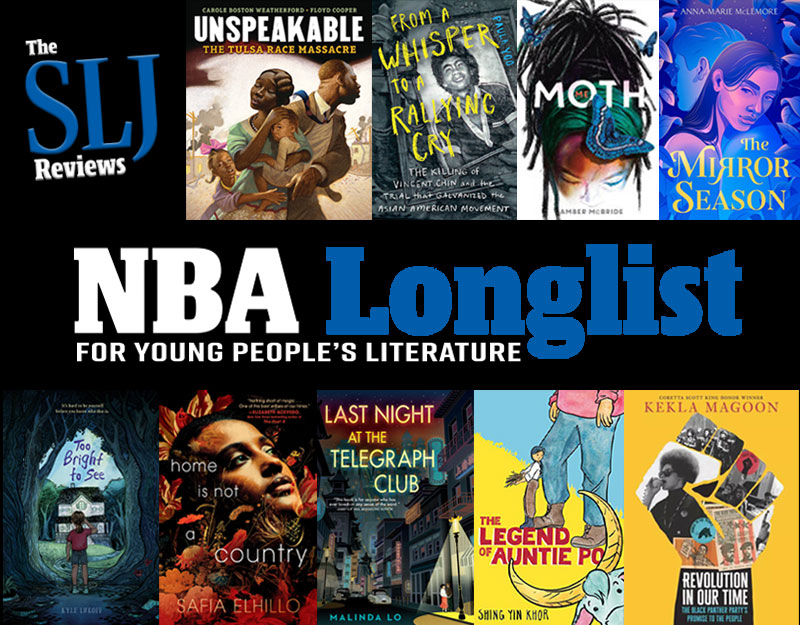
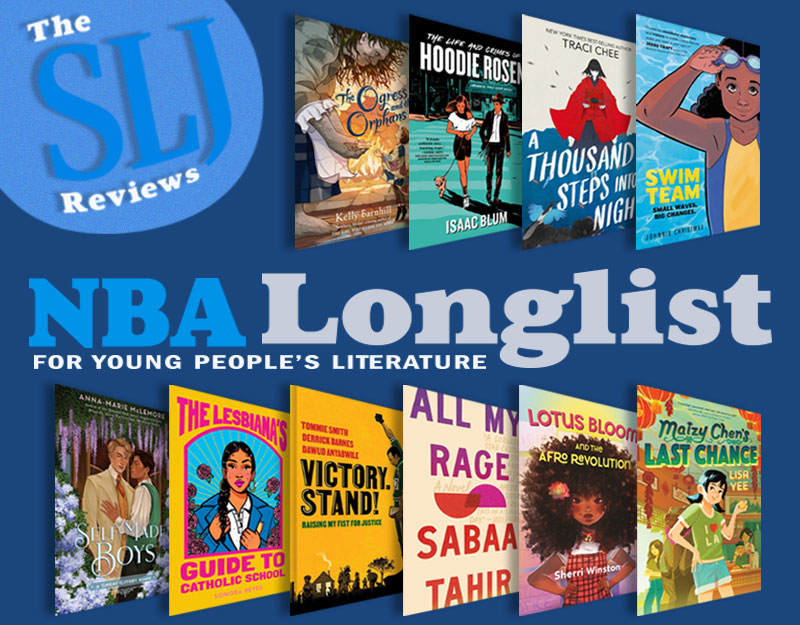
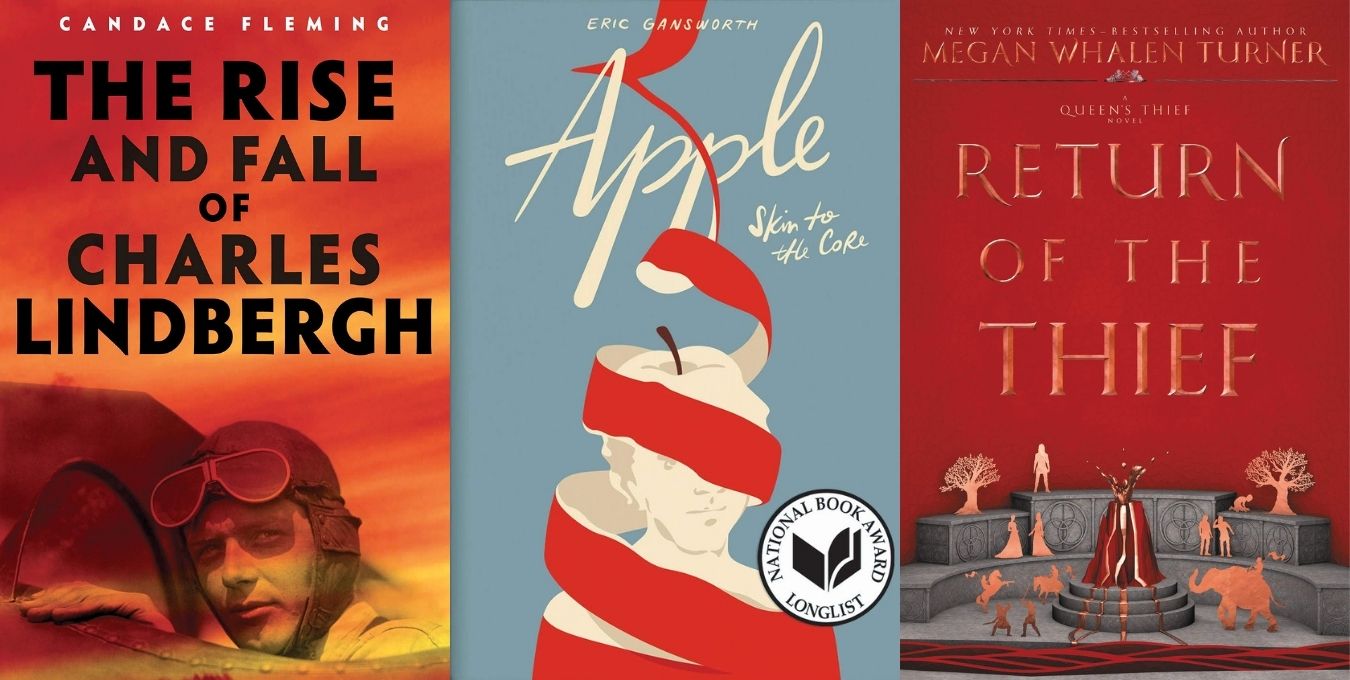
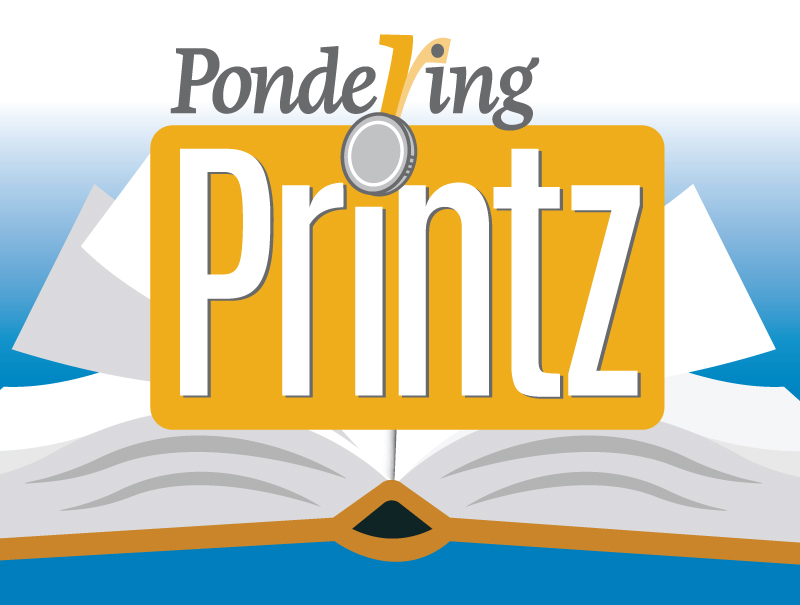
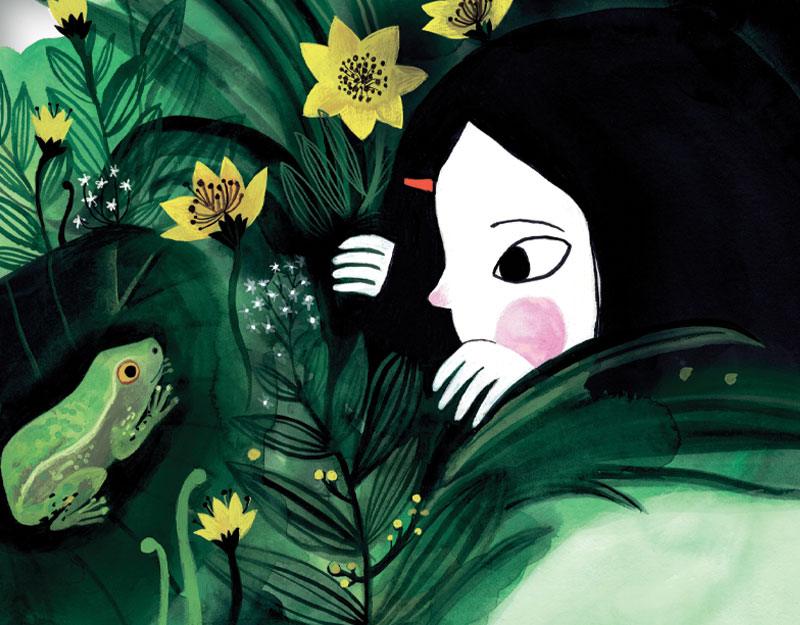
So glad you like this one–one of the very best! Wish I had it many years ago. I just purchased this one about two weeks ago (Bookbug). I love it!
Please keep reviewing poetry. It may be your second language but you speak it wonderfully!
This sounds delicious. I will keep an eye out for it at my local Vermont bookshop – Northshire Bookstore. I ❤️ alerts about nature poetry. Thanks.
I LOVED this book too, Betsy! There is so much to savor here, such quiet reflective and playful beauty. It felt both child-like and zen. In some ways it reminded me of Waiting. I just posted a photo of the tomato poem on FB earlier today :).
I also very much enjoyed meeting you last weekend in Maryland. Your workshop was wonderful and so helpful–thank you!
Lovely! This book looks like such a wonderful melding of talents.
Per your question of audience… A third grade teacher and I were just going back and forth on Twitter about the perfection of this book for that age group. The poems are short and the vocabulary relatively simply which makes them accessible to growing readers, but the rich visual imagery and subtlety of some of the concepts make them better suited to kids who’ve had a couple years of reading (and ideally reading poetry) under their belts. I think you can make this book work with a wide range of ages but 3rd grade (and/or late 2nd) is the true sweet spot!
Thank you. My son (3rd grade) is partial to poetry and it is so hard to find it.